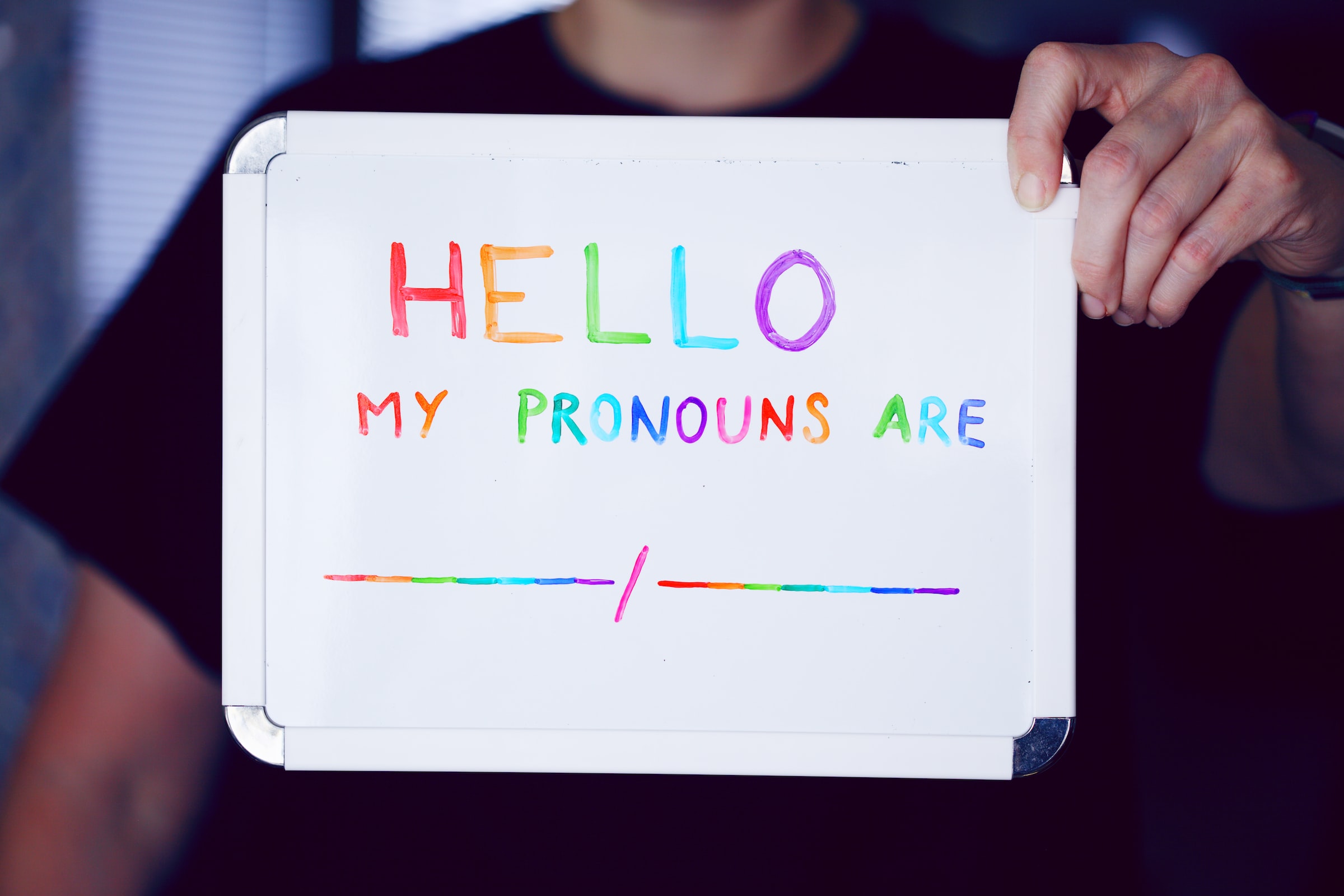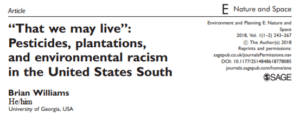Misgendering in debate, a path to inclusivity

This summer, for the first time in my life, I was misgendered. Twice, to be exact: once while mailing a supervisor, and once when someone reacted to my application for a student room. Granted, the name Mente can be interpreted as male and female: according to the Dutch first name database, the male/female ratio for Mente is 86/27. Curiously, if you add an h to my name, it suddenly turns into a female name; the ratio of male/female for Menthe is 6/84. Nevertheless, in my responses to both the mail and my application, I made sure to include my pronouns.
During my history bachelor, I have cited and paraphrased hundreds of names without questioning whether the pronouns I used were correct. Male-sounding names were given he/him, and female-sounding names were she/her. In some cases, mostly with non-Germanic names, I checked Google Pictures to determine the sex of a quoted or paraphrased person.
I look back at this period of ignorance with a bit of shame, but I also take into account the fact that my professors had neglected to teach historians-to-be the proper use of pronouns. Moreover, neither did the mandatory guides. For example, the ninth edition Turabian/Chicago manual (2018) neglects to explicitly discuss pronouns. Curious enough, the manual does indirectly name pronouns. One of their examples that explains their Notes-Bibliography style is related to pronouns: Lindy West’s blog “Sweden Introduces New Gender-Neutral Pronoun, Makes Being a Man ILLEGAL,” is mentioned a couple of times. Interesting choice for a manual that ignores discussing pronouns altogether.
This lack of proper education, or proper manuals for that matter, left my fellow history classmates and me looking at quotations through the lens of a bigot; the male sex was he/him, and the female sex was she/her. Of all those writers I’ve cited, statistically, a couple of writers have been misgendered by me. The Tech Interactive states that about 1/200 people identified as transgender in the United States, and about 1 in 100 people is intersex. (the definition of intersex is here: people with bodies that don’t fit typical definitions of male/female) Dutch numbers are difficult to find, but research done by Movisie states: “of the adult population group 0.6-0.7 percent have an identity which does not match the gender assigned at birth” and “3,9 percent of the Dutch population does not identify themselves with the sex registered at birth.” The statistical probability of me not misgendering someone is thus very slim.
The seventh edition of The Publication Manual of the American Psychological Association (APA), published in 2020, discusses a possible approach to prevent misgendering. According to Section 4.18, writers should use the pronouns “he” and “she” sparingly and ensure that these pronouns match the pronouns of the person being described. In addition, they also state what to do if you are uncertain what pronouns are appropriate: use the singular “they” instead.
In practice, this means that you’ll be mainly using the singular “they”. To my knowledge, no database exists that describes what pronouns each writer uses. Only when a writer openly states what their pronouns are, could you use them. I doubt many writers have openly referred to their pronouns in their works, given the current academic climate of avoiding making a paper too personal. Some articles also have an “about the author” section, which mostly focuses on their academic career and interests, not their pronouns.
An author can easily state their pronouns through a small change. A standard article layout starts with a combination of the following: Title, author, and associated institution. For example:

A small but simple change would be this:

This approach, although a step in the good direction, has its problems: what if someone’s gender identity is more fluid? Identities change, and someone’s identity five years ago can be different from their identity today. Nevertheless, if someone wants to be addressed properly, their pronouns have to be made known.
In conclusion, APA’s suggestion of using the singular “they” when someone’s pronouns are unknown to you is probably the most viable approach. I don’t expect publishers and journals to change their article layouts just for the sake of inclusivity. Nevertheless, it is a worthy change to argue for and one I hope will be implemented in some form in the upcoming years.
